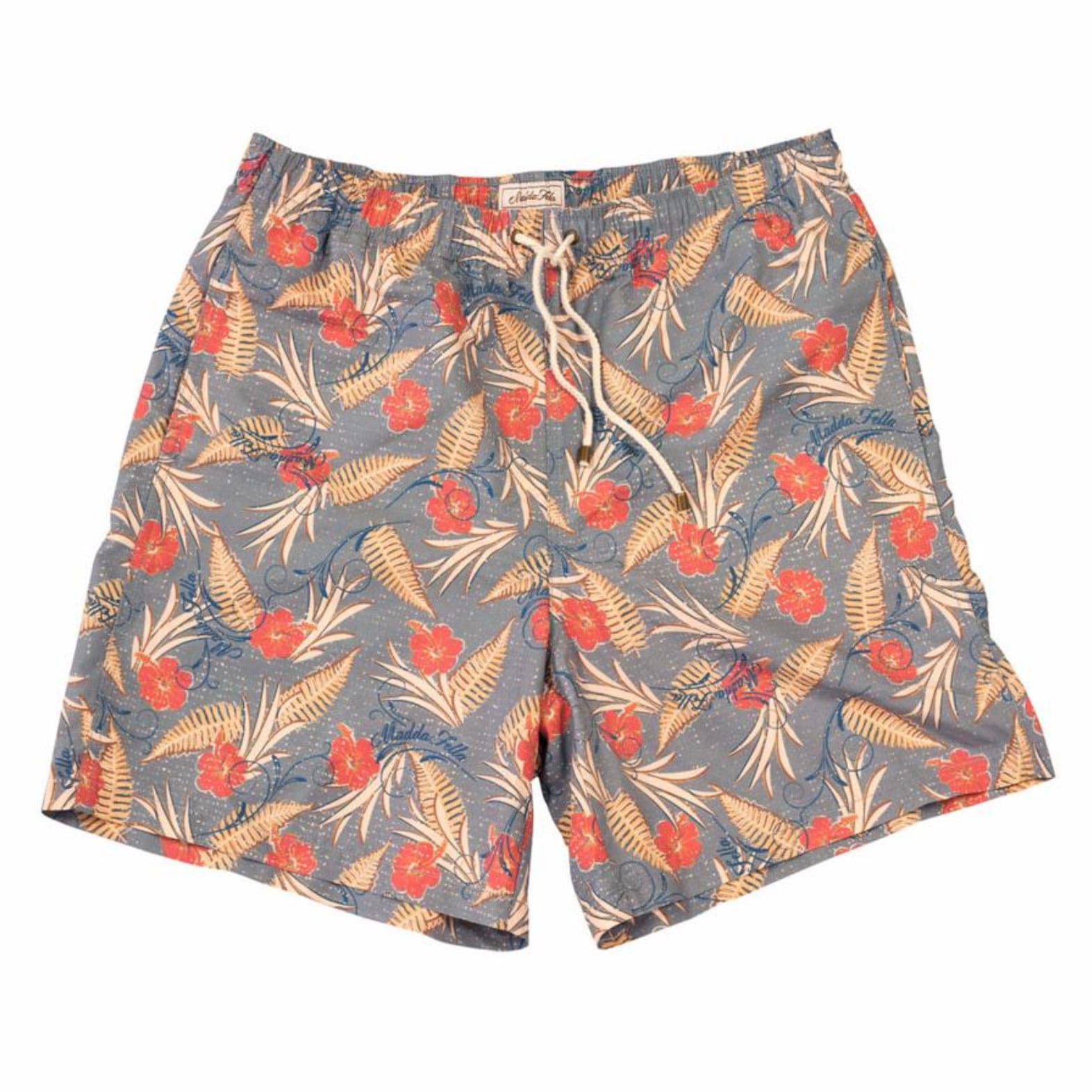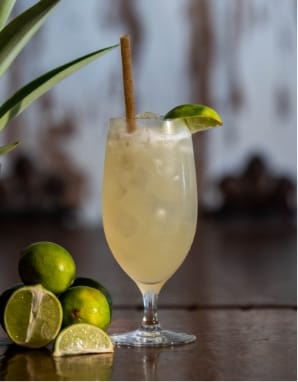Your Guide To Oysters

We all have heard the saying, “you’ve seen one, you’ve seen them all”. Well, nothing could be further from the truth, especially when it comes to one of our favorite bivalve mollusks, the oyster.
We wondered…Is there more polarizing seafood than this small mollusk known as the oyster?
Fans of the oyster praise it as a distinctive, somewhat chewy, fresh flavored food. Yet some find the thought of eating raw seafood unappetizing. If you offer an oyster to others, their nose immediately scrunches up, their heads turn away as if looking at something horrendous and their refusal to partake is resolute. But, looks can be deceiving, and indeed oysters are highly regarded as a delicacy around the world.
Oysters - like a fine wine
When people describe the taste of oysters, they do so in a way that is similar to wine connoisseurs discussing the flavor and body of wines. The wine aficionados use the word ‘terroir’ to describe the taste that wines get from their growing environment. In oystering, there is a similar term ‘merroir’ which describes the flavor the oyster gets from its environment (water temperature, salinity, nutrients, and depth). Just like in wine tasting, all the senses are part of the experience, and when partaking of these hard-shelled treasures, we should do the same.
Start by taking a good look and feel of the mollusk you are about to relish. Notice the color and shape of the shell, with its smooth or rough surface and edges. Next, enjoy the light sea air smell, like taking a deep breath of sea spray along the shore. Then, sip on the ‘oyster liquor’, the natural juice found inside a raw oyster provides an initial taste of salinity. Never dump out the oyster liquor, or rinse the oyster, as this keeps the oyster alive and fresh. Finally, consumption. Tilt the flat end of the shell to your lips and…well…SLURP!!!! Be sure to chew the oyster to enjoy the full experience of its texture and taste. Naturally, repeat this process and savor the uniqueness of each oyster.
The North American oyster species vary widely in appearance and flavor. Here are the five species with a brief description of their shell, flavor, and consistency.
North American Oyster Species
Atlantic/Eastern

Photo: whoi.edu
The Atlantic species was first discovered in the Chesapeake Bay in Maryland.
Many varieties of the Atlantic oyster are referred to by the location where they were originally found. For example, Blue Point Oysters are so named because they were found and harvested in the town of Blue Point on Long Island. Now, they are harvested all over the Connecticut and New York coastal regions.
The Atlantic oyster is medium-sized, between 3 and 8 inches. They live in brackish and salty water from 8 to 35 feet deep. Their shells are white, gray, and brown with some occasional purple streaks as well.
They are mild, meaty, and a bit chewy, with a distinctive salty aftertaste. The briny flavor varies widely due to the colder waters near New England, brinier, and the warmer southern coastal waters, less briny.
Pacific

This species is not native to North America but to the coastal regions of Asia and Japan. They are cultivated now on the Pacific Coast of North America and have become increasingly popular along the west coast.
They grow particularly fast and are one of the larger oyster species reaching an average size of 4 to 10 inches. Some can grow extremely large, up to 12 inches.
Their shell is thick, rough, and sometimes even sharp, generally pear-shaped, with white, grey, and brown tones. Their flavor is less salty than the Atlantic oyster and is described as sweeter, more creamy, and velvety (not as chewy as the Atlantic species), with a melon-like flavor, with a light salty finish.
Kumamoto

Photo: santamonicaseafood.com
From its name, we can easily determine this oyster species is native to Japan. Today it is harvested along the China, Taiwan, and Korean coasts and grown along the west coast of North America. Kumamoto does not do well in the Pacific Northwest because they do not tolerate cold waters very well.
They are small, usually around two inches. Their outer shell is deep and fluted, usually a white-greenish color.
Their taste is described by many as briny, with a ‘fruity’ flavor. Their meat is almost ivory in color, small, with a creamy texture, a rather sweet taste, and is not very ‘fishy’. These features are why the Kumamoto is a great option for those getting started with oysters.
Olympia

Photo: Sarah DeWeerdt
This species was named after their discovery near Olympia, Washington, from the Northern Pacific coastline. They are also found further north along the Canadian coast and are believed to be the only native species to these areas. Olympia oysters love the colder waters of this region.
These are the smallest of all the oyster species, generally the size of a nickel or a quarter. The shells have a very unique oval shape, sometimes almost round as compared to other oysters with a tear or pear shape. The shell is a light purple or black in color and the meat is an olive green, to an ivory white color.
Their taste is salty, with a mineral taste similar to the European Flats, and a distinctive long-lasting metallic taste.
European Flats/Belon

Photo: europe.wetland.org
This species is native to the Belon River estuary in Brittany. They were brought over from the Netherlands to Maine in the 1950s by scientists because they wanted to cultivate the species in North America. After a few years, they gave up because the scientists didn’t see the desired results. But after about 10 years, their numbers exploded along the Maine coast and still are cultivated along these waterways.
Their shells are unique in that they are flat, with a yellowish outer shell, and a perfectly white inner. The European Flats do not have deep cups for the oyster to sit, and their size varies from about an inch and a half to four inches.
They are not especially briny and are firm with a subtle sweet taste. Because of the firmness of the meat, they are great in soups and stews.
Drinks for Pairing
Based on the flavor of the oyster you desire, we need to find the perfect drink that pairs well with them. Thankfully, oysters pair well with a wide variety of beverages.
Champagne is highly recommended, and most experts agree that drier champagne pairs extremely well.
Light-bodied, crisp dry white wines similarly are an excellent choice.
Not a wine or a champagne person?
No worries. For those who prefer a beer, here are some recommended options. Crisp lagers, pilsners, and IPAs with a bit of a kick match well. Many from the shores of Ireland and England also enjoy a smooth light stout, like a Guinness as a fine accompaniment.
Preparation

Photo: bigoven.com
As mentioned, we highly recommend starting off eating the oysters raw. However, if you are a bit squeamish starting out shucking them yourself, order them at your favorite seafood establishment. Raw is not the only way to enjoy the oyster and there are a plethora of options. Like many other seafood delicacies, they can be smoked, steamed, baked, fried, or even grilled.
One common oyster recipe found in most fine seafood establishments is Oysters Rockefeller. The name Rockefeller refers to the dollar bill color of the dish which tops the oyster with butter, some bread crumbs, spinach, garlic, and other spices. Check out the many tasty ways you can enjoy them, with some of your own favorite toppings/seasonings.
Health Benefits
Think the oyster is not healthy food? Think again!! Oysters are lauded as a tasty food, packed with nutrients like Zinc, Vitamin D, Iron, Copper, and Phosphorus. All these benefits are in just six of these little gems and yet they only contain about 1 gram of fat, 5 grams of carbs, are low in cholesterol, and are from 50 to 100 calories. Check a bag of your favorite snack food, and you will see just how nutritious these shelled delights really are compared to many prepared snack foods
Another benefit from oysters may not be so obvious. Oysters are environmental water scrubbers. A single oyster can filter up to 50 gallons of water per day. They remove pollutants like nitrogen, phosphorus, and sediments from the water. They shape them into small packets which are deposited on the bottom where they are not harmful.
In Conclusion
As you can see, if you’ve seen one oyster you definitely have not seen or tasted them all. The different environments where oysters are grown and harvested produce many different textures, sizes, and flavors even within the same species. Add to that, they clean/filter our waters at a tremendous rate for such a small marine animal.
Don’t let the sight of the oyster chase you away from this awesome delectable treat from the sea. In the late 1800s, oysters were more common than hamburgers in the average American diet. So, no more nose-squinching when you see this oft-misunderstood shelled charmer. Do yourself a favor and start enjoying the mollusk that is enjoyed world-round. Find your favorite species, then prepare it in your own special way. Paired with your favorite champagne, wine, or beer, you and your culinary friends will be very glad you did.
Hail to the oyster, one of our favorite mollusks!

































Be the first to leave a comment.